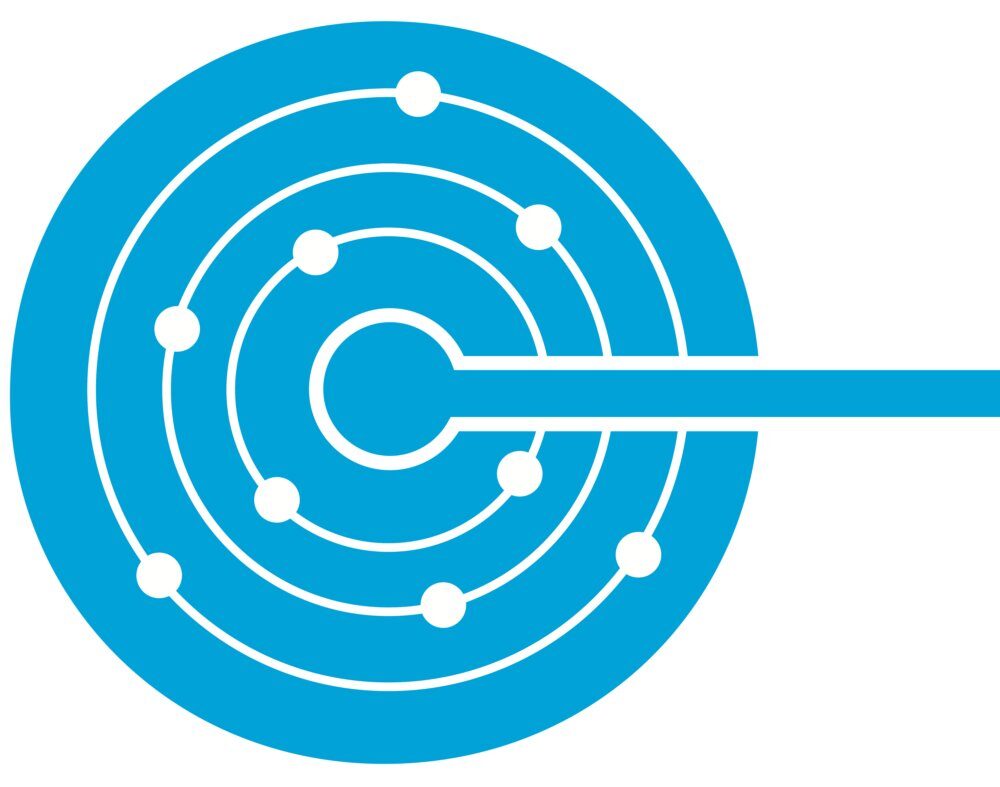Also referred to as “Scanning Mode”
Basic Definition
Each projection for a CT acquisition may be characterized by the sample’s rotational orientation and the geometry that relates the position over time of the source, sample, and detector. The imaging trajectory describes the pattern of how the projections relate to each other geometrically, which is critical for reconstruction. Common trajectories include circular, helical, and laminography; each has tradeoffs in how high- and low-resolution details are sampled.
Circular Trajectory
In a scanner with a stationary sample and rotating detector, the detector moves in a circle with the sample at its center. In a scanner with a rotating sample and stationary detector, the sample rotates about its central axis. In both cases, there is no longitudinal movement of the sample or the detector.
In the event of a sample that is too long to be imaged with a single circular trajectory, a complete circular trajectory is acquired, then the sample or detector is shifted longitudinally, followed by another complete circular trajectory. The resulting images are stitched together in post processing.
Helical / Spiral Trajectory
In a scanner using a helical trajectory, rotation around an axis occurs at the same time as movement along the axis. In a scanner where a detector rotates around a sample, the detector moves in a circle as the sample slowly slides through until it has been scanned in its entirety. In a scanner with a rotating sample, the sample rotates while moving along the axis of rotation.
